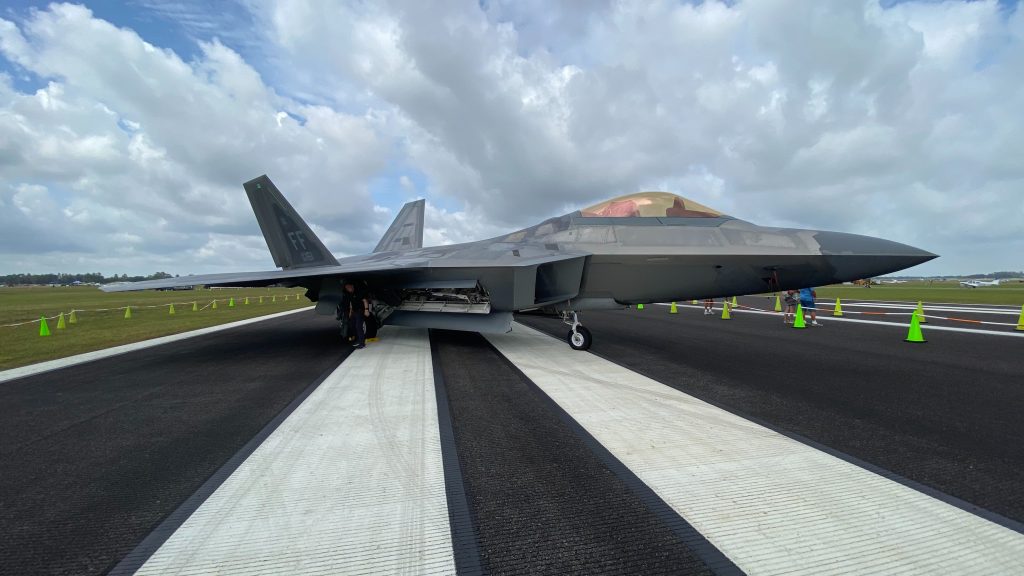Stealth technology has played a vital role in modern warfare, enabling military aircraft and vessels to operate undetected by enemy radars. Over the years, stealth capabilities have evolved to counter advancements in radar technology. However, with the emergence of quantum computing, a new era of technological disruption is on the horizon. Quantum computing has the potential to revolutionize various fields, including stealth technology, via advancements in quantum sensing and optimization
Optimizing Quantum Sensors and Radar Technology
Stealth technology traditionally minimizes an object’s radar cross-section (RCS), reducing its detectability. Quantum computing could significantly impact this by optimizing radar systems to detect and track stealthy objects more effectively. With its immense computational power, quantum computing can process and analyze large datasets in real time, enabling the development of advanced algorithms that can identify subtle radar reflections or signatures of stealth targets. This could lead to the developing of more sophisticated and sensitive radar systems capable of penetrating stealth defenses.
Moreover, quantum sensors could play a pivotal role in enhancing stealth technology. Quantum sensors leverage the principles of quantum mechanics to achieve unprecedented sensitivity and precision. These sensors can detect highly faint signals, such as low-power radar reflections or electromagnetic emissions, which could reveal the presence of stealth objects. Quantum-based sensors, combined with quantum computing algorithms, could neutralize the advantages offered by traditional stealth technology.
Furthermore, quantum-based sensing can detect minute environmental changes caused by stealth objects. Quantum sensors, such as atomic magnetometers or quantum gyroscopes, can detect slight variations in the Earth’s magnetic field or gravitational forces caused by the presence of stealth technology. Quantum algorithms can process this data to accurately identify the location and trajectory of stealth objects.
Quantum sensing organizations and businesses range from well-known names like Lockheed Martin and Raytheon to start-ups like Infleqtion (previously ColdQuanta) and Q-CTRL. Additionally, many institutes working on developing better quantum sensors, such as the National Institute of Standards and Technology (NIST) or NASA. As quantum sensors are already being implemented in various industries, from meteorology to disaster preparedness to defense, the increased use of these devices for stealth technology will be pretty straightforward.
Developing a Quantum-based Radar System for Stealth Technology
Beyond quantum sensors, many are developing new radar systems based on quantum technology. 2018 the University of Waterloo’s Institute for Quantum Computing received $2.7 million in funding for a new quantum radar project. “By moving from traditional radar to quantum radar, we hope to not only cut through this noise, but also to identify objects that have been specifically designed to avoid detection,” explained Jonathan Baugh, a faculty member at U of Waterloo, in an article. In a quantum radar system, one entangled photon is transmitted as a radar signal toward the target object, while the other photon remains with the radar system. When the radar signal photon interacts with the target object, its properties change in a manner that is correlated with the properties of its entangled partner photon. This correlation can provide additional information about the target, allowing for improved detection and tracking. These types of imaging processes are known as quantum illumination and ghost imaging.
More recently, in 2021, Chinese researchers announced a new quantum radar project to detect stealth technology utilizing an electron storm. According to a 2021 news announcement: “Once they pass through a winding tube exposed to strong magnetic fields, the electrons could generate a vortex of microwaves that swirl forward like a horizontal tornado. The novel quantum radar system would outclass any radar system of the past, but that’s still a big if. Still, the potential benefits are worth the hard work. If the system really works, it could become a significant advantage.” As China and the U.S. are in a heated quantum arms race, an advantage in stealth technology could provide a significant advantage that could help to win the race.
Quantum computing has the potential to revolutionize the field of stealth technology. It offers new opportunities for enhancing stealth capabilities. Optimized radar systems, quantum-based imaging, and sensing technologies can significantly impact stealth technology. As quantum computing advances, its integration with stealth technology will shape warfare’s future, presenting new vulnerabilities and opportunities for military forces worldwide.
Kenna Hughes-Castleberry is a staff writer at Inside Quantum Technology and the Science Communicator at JILA (a partnership between the University of Colorado Boulder and NIST). Her writing beats include deep tech, quantum computing, and AI. Her work has been featured in Scientific American, Discover Magazine, Ars Technica, and more.
